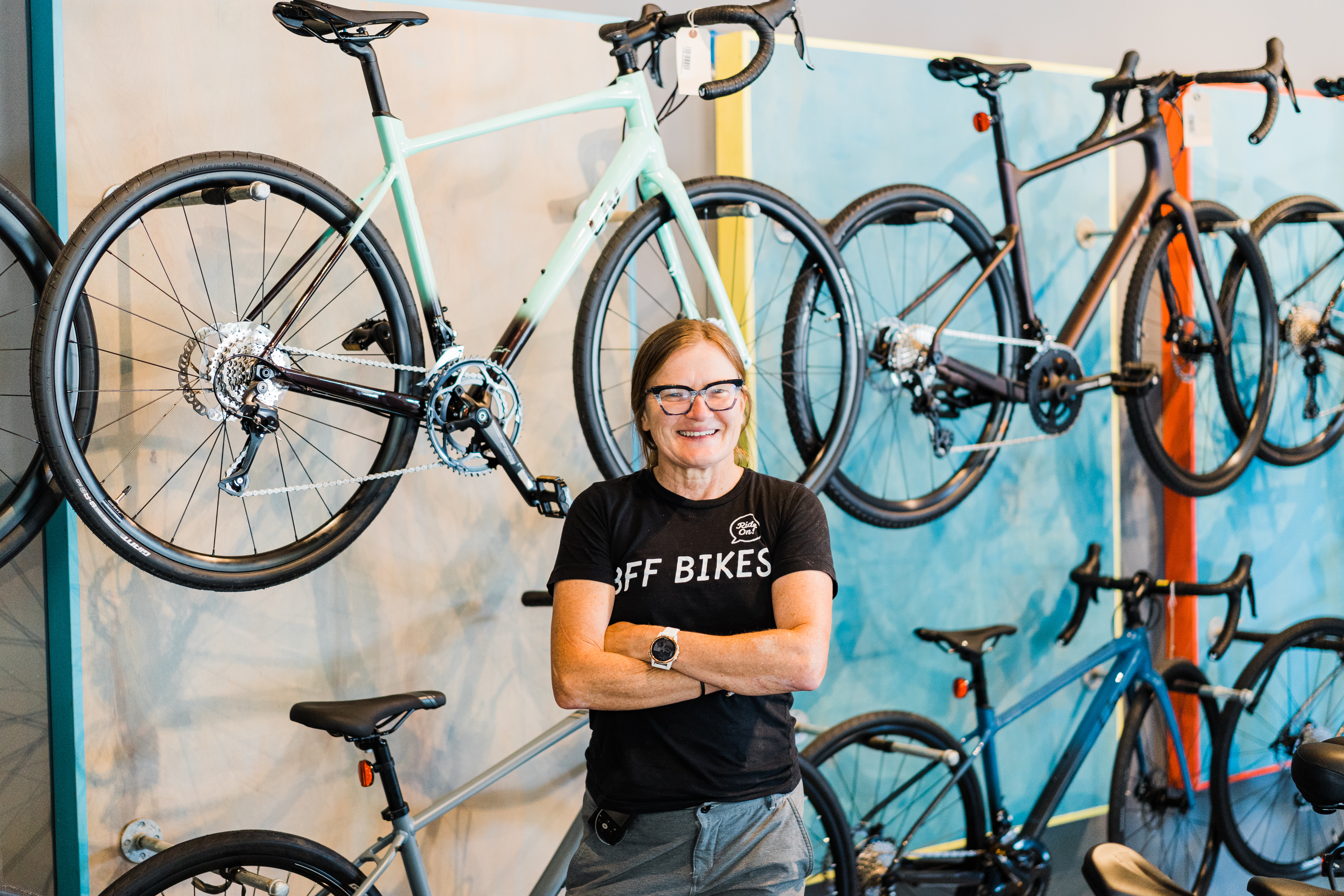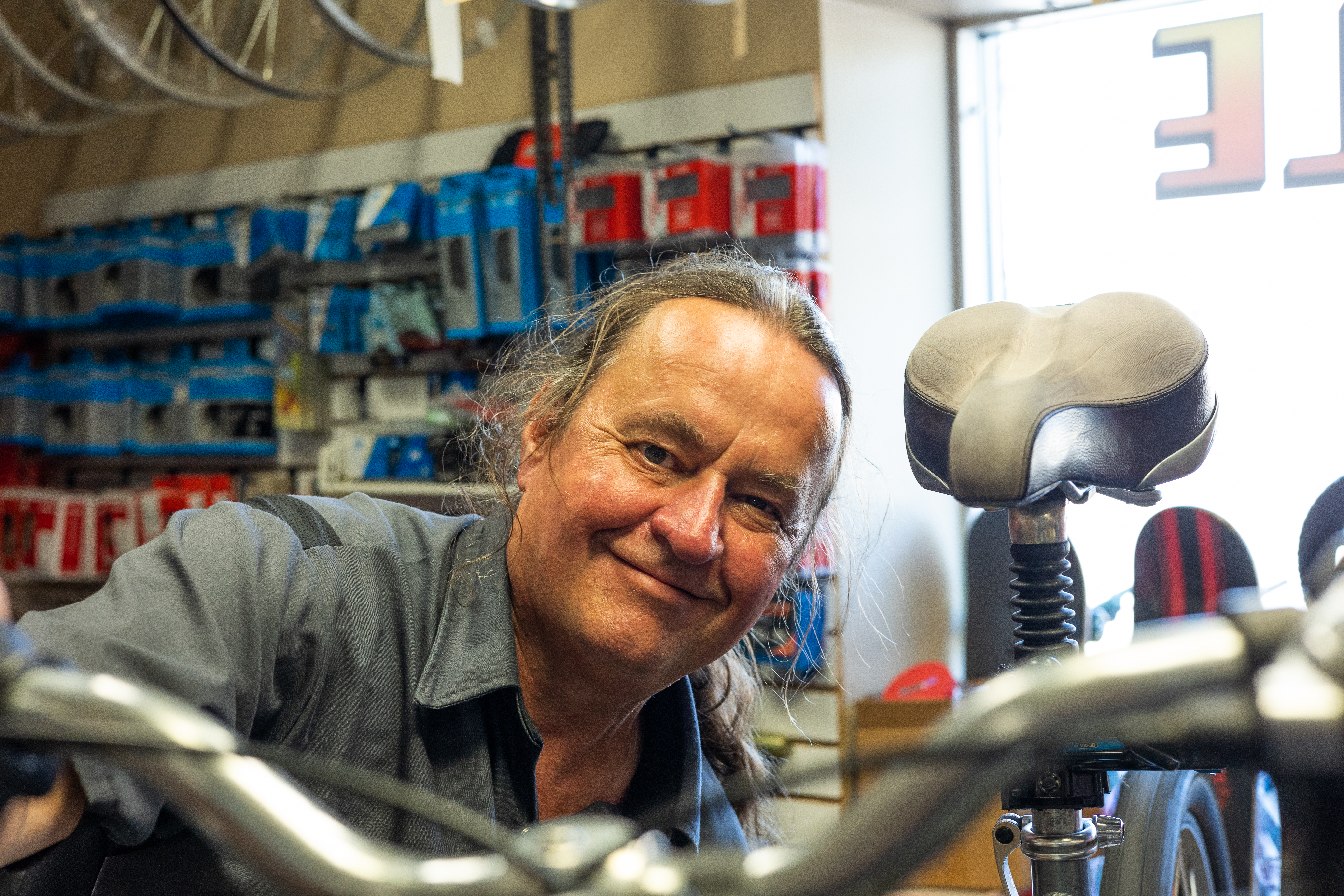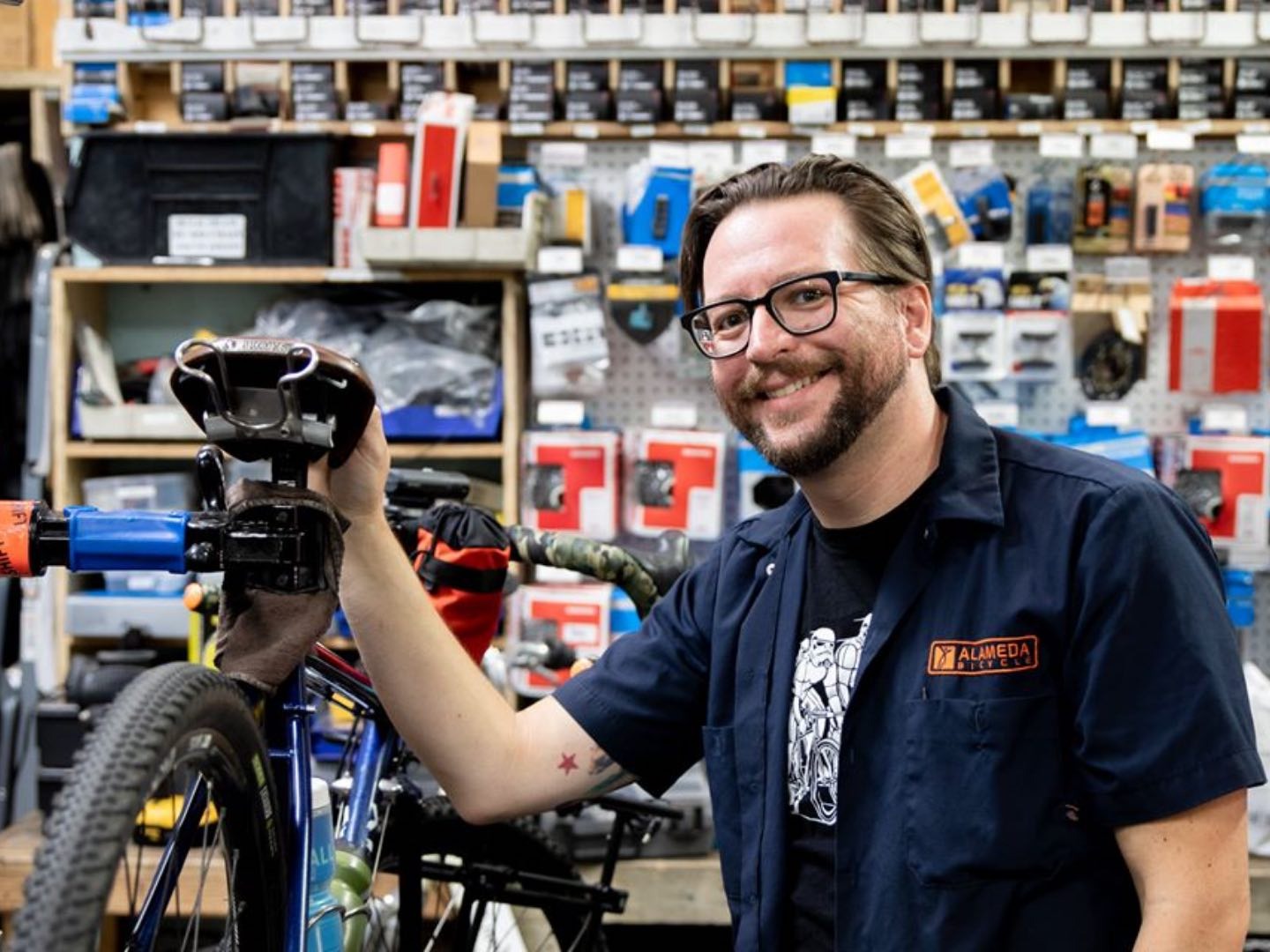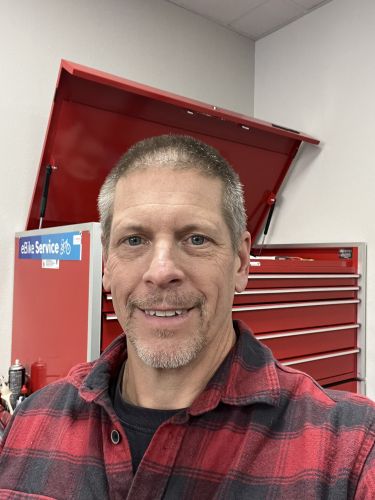A version of this feature ran in the October issue of BRAIN.
BOULDER, Colo. (BRAIN) — For our October magazine edition, we asked our State of Retail panel members: How’s profitability compared to last year, and how do you measure it? What tactics have been producing the largest and smallest results on your profitability in 2024?
CARSON CITY, Nev: Win Allen, owner Win’s Wheels

We’re more profitable than 2023. We use our point-of-sale system, accountant, financial advisor, and our in-shop day-to-day experience to gauge our profitability.
The following tactics have contributed to the biggest results in increasing our bottom line and profitability this year: making sure to hit free freight minimums on orders from suppliers; shopping "daily deal" and closeouts; hitting quantity price break levels (for items that have fast sell-through); reducing the amount of product in our back stock and on the shelves; paying some invoices with a credit card that has cash back rewards (if there is no fee for paying with credit card from the vendor); investing shop profits in vehicles (of investment) that pay a higher-than-inflation rate of return; working at local races and fun rides for advertising and marketing; posting positive things on social media about new items, tools, rides, tech tips, interesting bikes that come in for service, and anything that lets people know what we have and our skill set; and encouraging to clients to pay with cash. The tactic that has had the least impact on profits has been staying with our POS company. They continue to find ways to increase their rates and nickel and dime our profits away.
ENCINITAS, Calif.: Steve Yeager, owner Cadence Cyclery

We’re more profitable this year than last. A point-of-sale system is helpful for tracking in many ways, but business profitability is not one of them. The POS can help with margin on goods sold, which can be very helpful. Overall profitability for me is viewed through QuickBooks after all bills are paid. The biggest positive impact on profitability this year is being able to work with the various brands we carry to find ways to get extra margin on product. Being able to match online pricing is a must in our current situation, and this allows us to do that. The least impactful thing has been using “sale” stickers and price drop advertising.
CHAGRIN FALLS, Ohio: Jacob English, owner Mountain Road Cycles

Our profits are about the same as 2023’s. To gauge profitability, we use point-of-sale as well as a separate accounting software as a check-and-balance system. Another simple thing is to watch our cash flow. The tactic that has contributed to our profitability and done the most for results this year is that we try not to mark down bikes and accessories, even if our competitors do. One lost sale at wholesale does not matter if you sell the other two at full price. While we love supporting the community in all ways, sometimes we find our efforts go unrewarded monetarily. Time in the field and staffing events can be a drain; however, we are building the future through our participation.
CHICAGO: Gillian Forsyth, owner BFF Bikes

Profits this year are about the same as last year’s. I use our point-of-sale system in combination with QuickBooks to track my finances. The tactics that have been producing the biggest results on my bottom line and profitability this year are that I have raised my hourly shop rate and tried to be better at tracking and recording the time taken in order to price service menu items appropriately. I have also been working hard at engaging the community and increasing ridership. Lastly, I am pricing out all my monthly fees such as merchant fees, garbage removal, etc. On the “least impactful” side, I probably didn't get as much savings from reviewing my monthly fees. I also have plenty of things to do that were on my list such as email follow-ups to customers after new bike purchases and getting full use out of my CRM software.
NEWINGTON, N.H.: Steve Gerhartz, owner Seacoast E-Bikes

We are more profitable this year than 2023. We use QuickBooks and Lightspeed for tracking finances. We rely on QuickBooks as it tracks cash in and out. Unless you are watching Lightspeed like a hawk, it is nowhere near as reliable. We are hyper focused on reducing expenses across the board. The goal this year is to reduce overall expenses by a minimum of 10%. We have been doing lots of EV shows; however there’s been zero return on investment. We are seeing a trend toward lower-priced e-bikes, e-trikes, and e-folders. E-bikes with a price point over $3,000 are getting tough to sell, but they are still active. There is very little brand loyalty, especially for buyers who are new to e-bikes.
WINTHROP, Wash.: Julie Muyllaert, co-owner Methow Cycle & Sport

Our profitability is about the same as 2023. To begin 2024, we set monthly and annual goals for income, expenses, and margins for our service department, rentals, bike, clothing, and accessory sales. We also completed an audit of categories and SKUs, with an eye toward moving out old inventory, maintaining a lean inventory, and maximizing turns. We use the AscendHQ point-of-sale and monthly financial reports to monitor progress toward our goals and make any needed adjustments. We anticipated a challenging year due to the continued industry inventory glut and highly promotional sales environment. To offset those challenges, we closely examined our service menu packages and a la carte items and adjusted prices for the purpose of increasing income and profitability. We also increased our selection of rental bikes and implemented an online reservation system. The results: Service labor income increased by 15% and rental income increased by more than 40%. Placing pre-orders turned out to be less profitable this year, and we’re approaching ordering bikes, specifically, differently for 2025. We'll also be exploring adding more services for which we have more agency with respect to pricing and profitability.
LITTLE FALLS, Minn.: David Sperstad, owner Touright Bicycle Shop

Our profitability is the same this year as last. I've developed a spreadsheet in Excel that analyzes the monthly point-of-sale report numbers. While maybe not the best way to do it, it works for me. I've tracked it since we opened, so I have a historical record. I can see trends and blips, both positive and negative. While this system is monthly looking backward, I can forecast for the next few months based upon the trends that I see. One tactic that is working well this year is being careful of what and when we buy things to replenish stock. I used to buy multiple replacement items when I was out. I’ve cut back to replacing the item needed and then just one or two additional ones, depending upon how many I've sold in the past based on my records. The tactic that’s produced the least results is purchasing when suppliers have items on sale. When suppliers are discounting, it's because they have an abundance of product — and so do retailers. I don't care what the percent off is, if I haven't sold much of it, I don't need it.
ALAMEDA, Calif.: Larry Tetone, event coordinator Alameda Bicycle

We are less profitable this year compared to last. Our tracking method is to pass information from our point-of-sale system into QuickBooks, which also takes into account things like click-and-collect payments, warranty/labor credits, early payment discounts, and fixed expenses such as rent, insurance, etc. In 2024, we’re aiming to keep expenses under 38% of total income. E-cargo bike sales and bike rentals have been our biggest areas of growth this year. A big portion of e-cargo sales have been generated through advertising on our website and social media, communicating to let folks know we stock these bikes and can service them. Staying on top of price changes and aggressively advertising MAP or MSRP reductions, especially in this category, has produced good results, too.
Our challenge this year has been clearing out old mountain and e-MTB bikes from our store. These bikes do not sit well, and combined with some manufacturers aggressively cutting MAPs, this leads to falling underwater on some inventory pretty quickly. It hurts, but at some point, it's better to learn your lesson and take the loss in order to make some room and move on.


